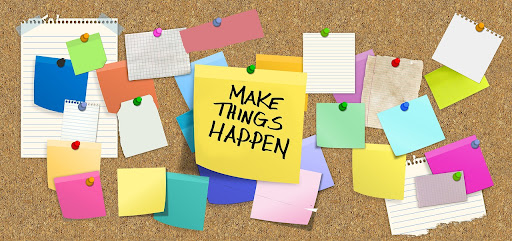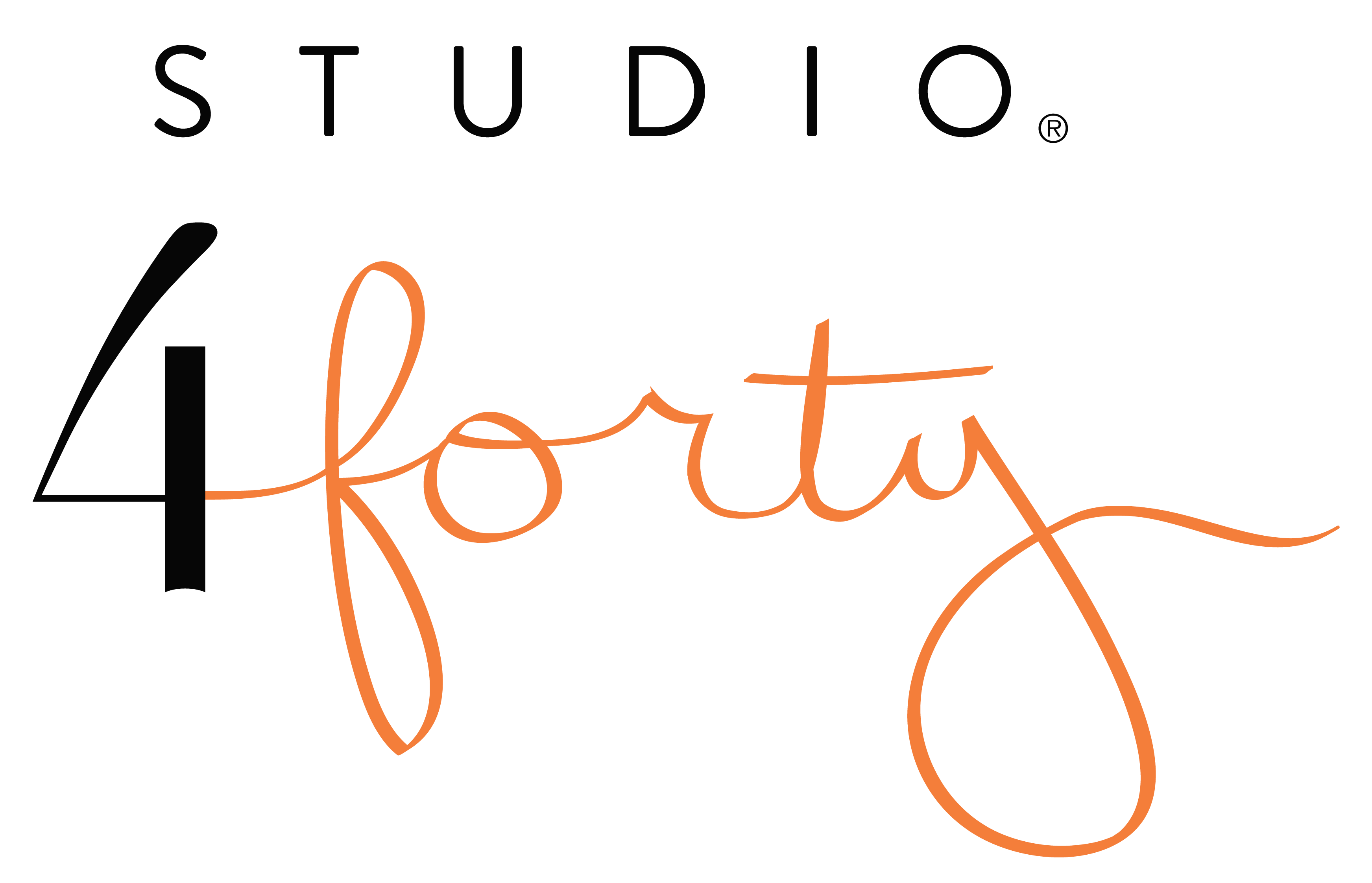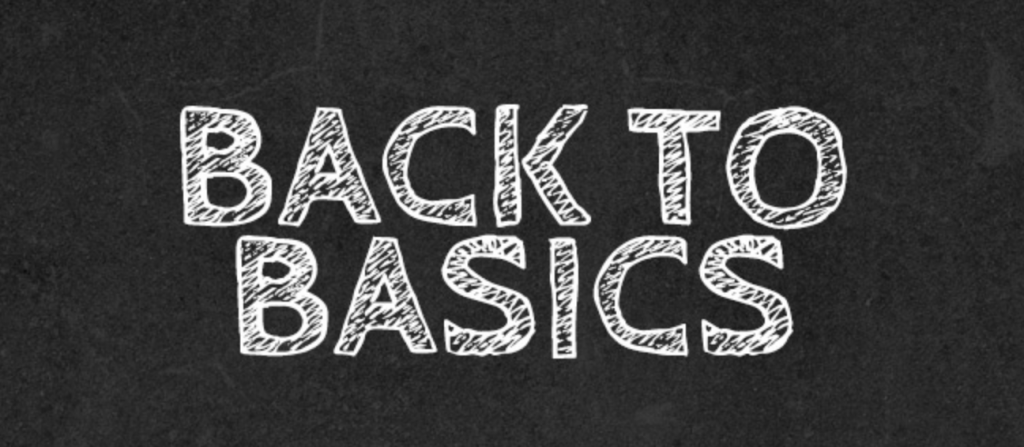
By: Krista Elmore, MBA, CFRE
Nonprofit development teams are faced each year with two questions:
- How are we going to fundraise?
- When are we going to fundraise?
While the questions are simple, the intricacies of balancing schedules, deciding on the direction of their fundraising efforts (campaigns, events, major giving, or all of the above), and when to prioritize each area is very complex.
In an effort to prioritize maximum impact with minimal burnout (a trend all too many nonprofit employees face), deciding on an annual fundraising calendar and prioritizing a manageable number of fundraising events paired with direct donor stewardship and annual campaigns is the ideal recipe for true nonprofit success and sustainability.
Since nonprofits rely on donations and grants, creating a fundraising calendar to keep the necessary programs, staff salaries, and resources available is the ultimate goal.
Here are a few tips and tricks we at STUDIO 4Forty have developed and learned over the years:
- In planning your big fundraising events, like a gala, community fair, Wine Women & Shoes, or Farm to Table(aux), we recommend keeping to either spring or fall. In the summer months, you’re competing against travel and unpredictable schedules. In winter, you’re competing with holidays and unpredictable weather. While it’s true that unpredictable weather can happen at any time of year (we’ve seen hurricanes, tornadoes, snow, flooding, thunderstorms, you name it), it’s best to choose a time of year your area isn’t typically plagued with these issues.
- Choose a sustainable number of events that won’t overwhelm your development staff (or volunteers) and scale that based on your staff and event support size. In most cases, two major fundraising events in a year, one in spring and the other in fall, are plenty. That keeps your staff busy all year, but not buried by too many logistics at one time. It’s also a good opportunity for you to engage with your community in both halves of the year.
- Limit the number of smaller, less lucrative events. You’ll often see community organizations wanting to put on fundraisers for nonprofit organizations, which is fantastic, but that can often deplete your already hard working development staff and take them away from bigger, more lucrative priorities that will ultimately help you more. If an outside organization wants to fundraise for you, it might be worth your time to create a media kit, some basic fundraising information, and hand that off to the organizers rather than involving your entire staff each time.
- A year end campaign to your entire mailing list is always a good idea. This is your opportunity to shine, to tell your story, and to capitalize on end of the year giving. Tax breaks for donors and extra funding for you!
- Spending time to really get to know your donors, having one-on-one conversations with them, and keeping in touch with them personally is the best way to steward lasting and major donors. This investment of time will greatly benefit your organization down the line, so be patient and sincere.
- Investing in quality written testimonials, mission communication, and mission videos will return tenfold. The easier it is for your community and donors to understand your mission and impact, the easier it will be to express the need for donations and how you’re actively working to solve a problem. Update these every 3 years, at a minimum.
Creating a development calendar each year that reflects your larger goals (fundraising versus friend-raising, for example) will help you to create a sustainable fundraising culture within your nonprofit and will ultimately help you achieve your annual goals.
Need help creating a development plan? Reach out to us and we’ll help!



